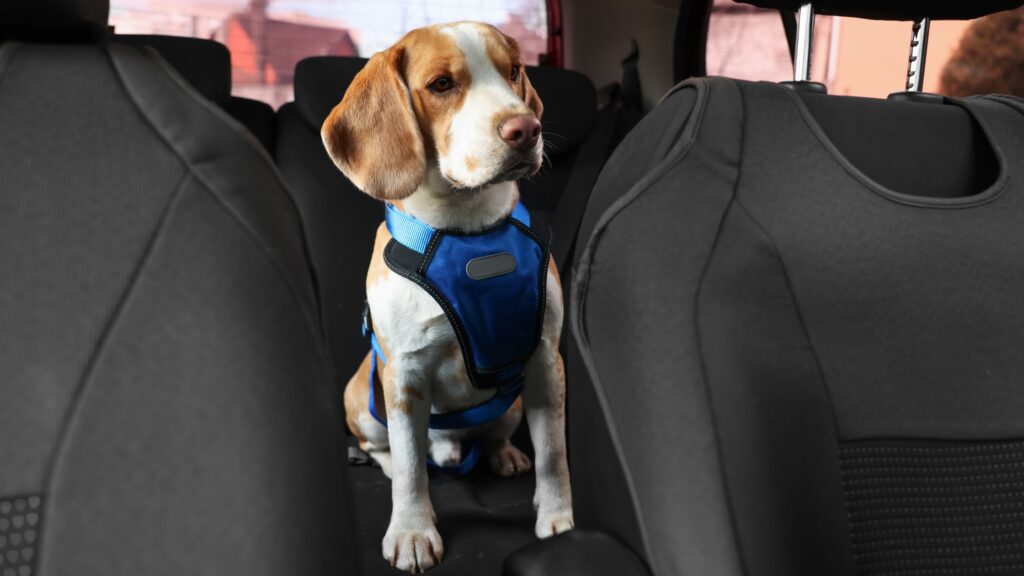Ever wonder why your pet seems to lose their lunch every time you hit the road?
Car rides are a blast for many pets, but for some, it’s a recipe for disaster. If you’re looking for ways on how to help pets with carsickness, you’re in the right place!
Let’s chat about why pets get carsick and what you can do to make car trips more enjoyable for everyone.
Why Do Pets Get Carsick?
Just like us, pets can get motion sickness. It happens when their inner ear, which controls balance, and their eyes send mixed signals to their brain. Imagine trying to read a book while spinning around—pretty nauseating, right?
That’s what it feels like for pets.
But here’s a fun fact: most of the time, it’s not just about motion. For many pets, car trips are tied to stress. Maybe they associate the car with visits to the vet or being left at a kennel. If that’s the case, it’s no wonder they’re not thrilled about it!
Symptoms to Watch For
Look out for these signs:
- Excessive drooling
- Yawning
- Whining or vocalizing
- Panting
- Restlessness
- Vomiting or dry heaving
- Lethargy
These symptoms can happen before or during the ride and may even linger after you’ve reached your destination.
What Makes Pets Carsick?
Several things can make your pet’s tummy turn:
- Age and Experience: Young pets or those not used to car rides might get sick more often. With time and practice, they might get better.
- Anxiety and Stress: If your pet’s nervous, they’re more likely to feel sick. A scary car ride can lead to more stress and sickness.
- Travel Conditions: Winding roads, sudden stops, or strong smells can all make motion sickness worse.
- Health Issues: Sometimes, other health problems can make your pet more prone to getting sick in the car.
Tips to Ease Motion Sickness

Here are some tricks to help your pet feel better during car rides:
- Start Slow: Begin with short trips and gradually increase the length. Pair each ride with something positive like treats or toys. The goal is to make car rides something they look forward to!
- Create a Safe Space: Use a carrier or crate that your pet is comfy with. Add their favorite blanket or toy. It should feel like a safe haven.
- Keep It Fresh: Ensure good airflow in the car. Open a window or use the car’s ventilation system. Just keep their head inside, please!
- Front Seat Perk: Sometimes riding up front can reduce motion. Just make sure they’re safely secured in a harness or crate.
- Distraction: A favorite toy or a little extra attention from a passenger can help distract your pet from feeling sick.
- Light Snacks: Avoid feeding your pet a big meal before the trip. A light snack a few hours before the ride is better. Also, don’t let them drink too much water.
- Rest Stops: On long trips, make regular stops for breaks. Let your pet stretch their legs and get some fresh air.
- Consult Your Vet: If your pet’s motion sickness is severe, talk to your vet. They might recommend medications or supplements to help.
- Stay Positive: Don’t punish your pet for getting sick. Instead, keep working with them and seek help from your vet if needed.
- Try a Bigger Car: Sometimes a larger vehicle can help stabilize the ride. It’s worth a shot if nothing else seems to work!
Wrap-Up
Car rides don’t have to be a nightmare for your pet. With a little patience and these tips, you can turn those shaky trips into enjoyable adventures.
If your pet’s motion sickness persists, don’t hesitate to get personalized advice from your vet.
Safe travels! 🚗🐾